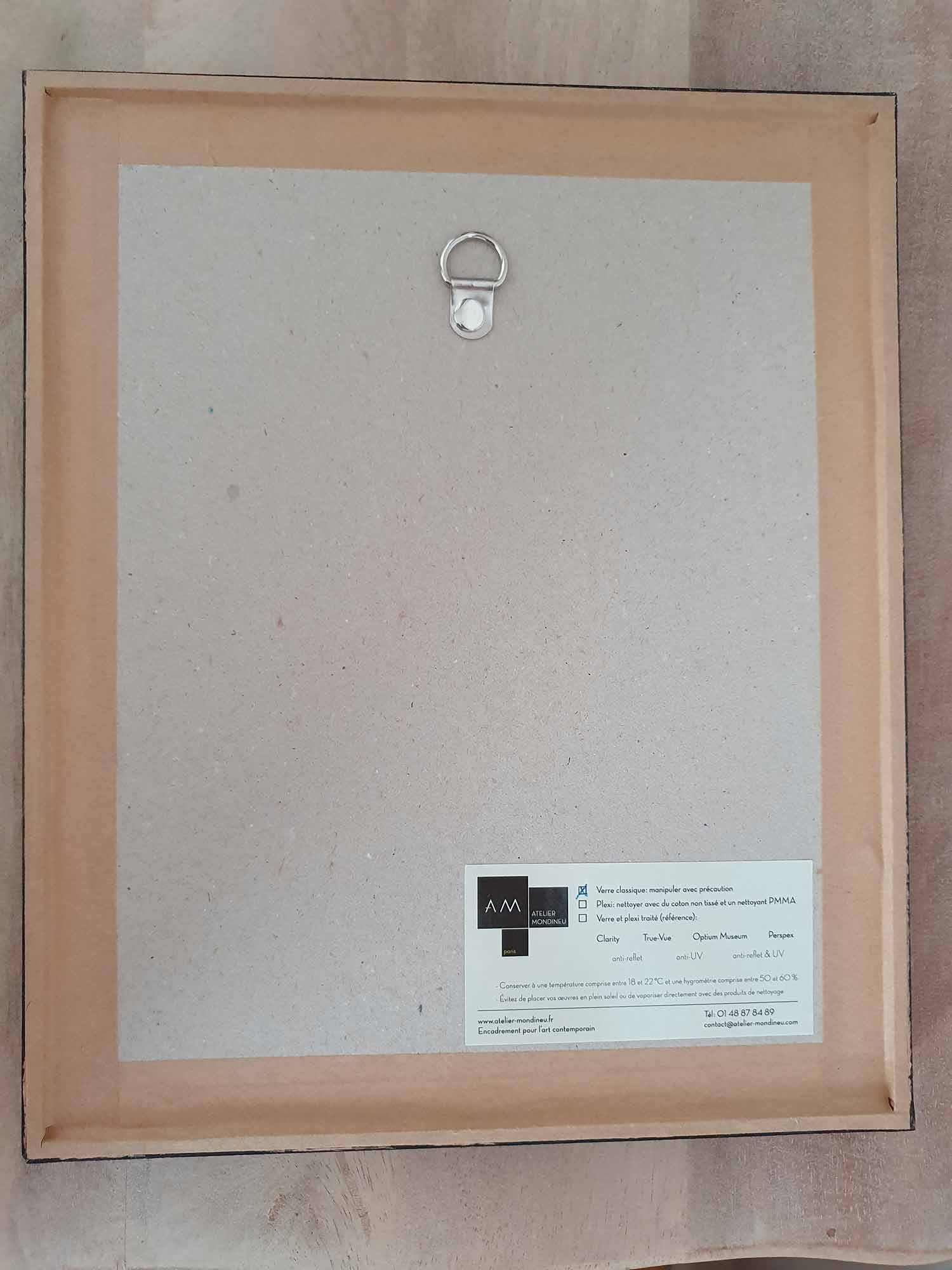Andy Warhol (1928 - 1987) was one of the most prolific and popular artists of his time, using both avant-garde and highly commercial sensibilities.
Who Was Andy Warhol ?
Andy Warhol was a successful magazine and ad illustrator who became a leading artist of the 1960s Pop art movements. He ventured into a wide variety of art forms, including performance art, filmmaking, video installations and writing, and controversially blurred the lines between fine art and mainstream aesthetics.
Pop Art
When he graduated from college with his Bachelor of Fine Arts degree in 1949, Warhol moved to New York City to pursue a career as a commercial artist. He landed a job with Glamour magazine in September, and went on to become one of the most successful commercial artists of the 1950s. He won frequent awards for his uniquely whimsical style, using his own blotted line technique and rubber stamps to create his drawings.
Campbell's Soup Cans
In the late 1950s, Warhol began devoting more attention to painting, and in 1961, he debuted the concept of "pop art" — paintings that focused on mass-produced commercial goods. In 1962, he exhibited the now-iconic paintings of Campbell's soup cans. These small canvas works of everyday consumer products created a major stir in the art world, bringing both Warhol and pop art into the national spotlight for the first time.
British artist Richard Hamilton described pop art as "popular, transient, expendable, low cost, mass-produced, young, witty, sexy, gimmicky, glamorous, big business." As Warhol himself put it, "Once you 'got' pop, you could never see a sign the same way again. And once you thought pop, you could never see America the same way again."
Warhol's other famous pop paintings depicted Coca-cola bottles, vacuum cleaners and hamburgers.
Portraits
He also painted celebrity portraits in vivid and garish colors; his most famous subjects include Marilyn Monroe, Elizabeth Taylor, Mick Jagger and Mao Tse-tung. As these portraits gained fame and notoriety, Warhol began to receive hundreds of commissions for portraits from socialites and celebrities. His portrait "Eight Elvises" eventually resold for $100 million in 2008, making it one of the most valuable paintings in world history.
The Factory
In 1964, Warhol opened his own art studio, a large silver-painted warehouse known simply as "The Factory." The Factory quickly became one of New York City's premier cultural hotspots, a scene of lavish parties attended by the city's wealthiest socialites and celebrities, including musician Lou Reed, who paid tribute to the hustlers and transvestites he'd met at The Factory with his hit song "Walk on the Wild Side" — the verses of which contain descriptions of individuals who were fixtures at the legendary studio/warehouse in the '60s, including Holly Woodlawn, Candy Darling, "Little Joe" Dallesandro, "Sugar Plum Fairy" Joe Campbell and Jackie Curtis.

 English
English Français
Français










